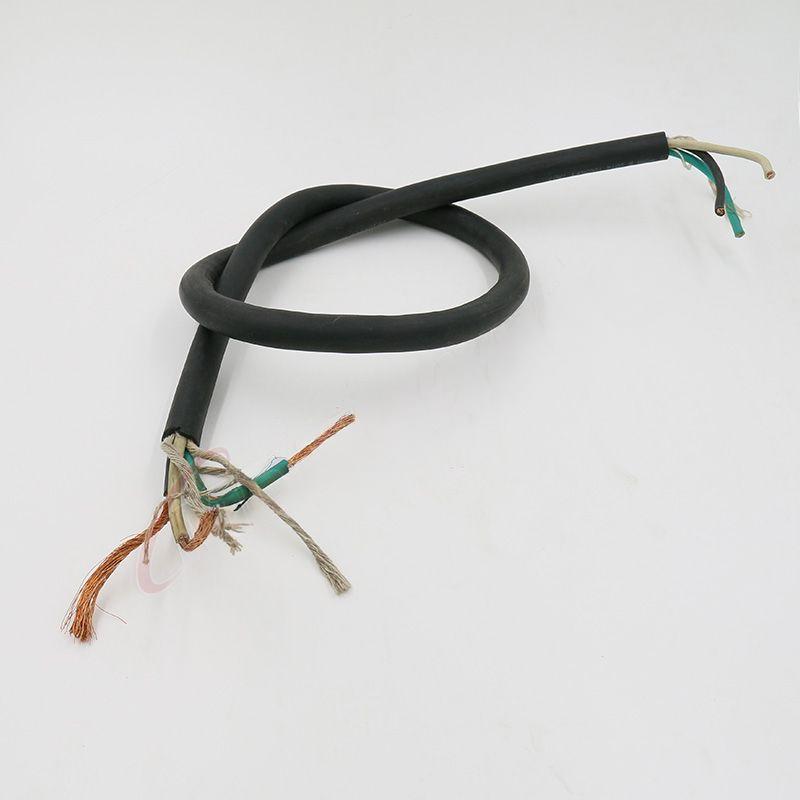10 月 . 05, 2024 14:15 Back to list
Durable Stainless Steel Ball Valve for Reliable Fluid Control and Efficient Performance
Understanding Stainless Steel Ball Valves
Stainless steel ball valves have become a critical component in various industries due to their durability, reliability, and versatility. These valves are widely used in applications involving the regulation of fluid flow because of their excellent sealing capabilities and efficiency in controlling high-pressure environments. In this article, we will explore the features, advantages, and applications of stainless steel ball valves, highlighting why they are preferred in many sectors.
A ball valve is a type of quarter-turn valve that utilizes a hollow, perforated, and pivoting ball to control the flow of liquid or gas. When the valve is open, the hole in the ball aligns with the flow direction, allowing for maximum flow. Conversely, when the valve is closed, the ball turns, blocking the flow. Stainless steel, often chosen for these valves, provides superior resistance to corrosion and wear, making them ideal for use in harsh environments.
One of the primary advantages of stainless steel ball valves is their durability. Unlike valves made from other materials, stainless steel can withstand extreme temperatures and pressures, making them suitable for both cryogenic and high-temperature applications. This durability not only extends the lifespan of the valve but also ensures consistent performance over time. Additionally, stainless steel’s resistance to rust and corrosion means that these valves require less maintenance, which can significantly reduce operational costs.
stainless steel ball valve

The sealing mechanism of stainless steel ball valves is another critical feature
. They typically come equipped with PTFE (Polytetrafluoroethylene) seats that provide a tight seal when the valve is closed. This design minimizes the risk of leakage, making them an excellent choice for applications where the integrity of the flow is vital, such as in chemical processing and pharmaceuticals.Furthermore, stainless steel ball valves are known for their ease of operation. The quarter-turn design allows for swift and simple actuation, making them user-friendly. Whether operated manually or through automation, these valves can quickly transition from open to closed positions. This feature is particularly beneficial in processes requiring frequent flow adjustments, thereby enhancing workflow efficiency.
Stainless steel ball valves find applications across a wide range of industries. In the oil and gas sector, they control the flow of crude oil, natural gas, and refined products, ensuring safe and efficient transportation. In water treatment plants, these valves manage the flow of potable water and wastewater, contributing to optimal water management processes. Additionally, the food and beverage industry relies on stainless steel ball valves for their hygienic properties and compliance with health regulations, ensuring safe handling of consumables.
In conclusion, stainless steel ball valves play a pivotal role in modern industrial applications. Their durability, excellent sealing capabilities, ease of operation, and versatility make them an indispensable component in numerous sectors, from oil and gas to pharmaceuticals. As industries continue to evolve and demand higher efficiency and reliability, the importance of stainless steel ball valves will only grow, cementing their status as a fundamental tool in fluid control systems. Understanding their features and advantages allows businesses to make informed choices, ensuring that they select the right components for their specific needs.
Share
-
Understanding the Differences Between Wafer Type Butterfly Valve and Lugged Butterfly ValveNewsOct.25,2024
-
The Efficiency of Wafer Type Butterfly Valve and Lugged Butterfly ValveNewsOct.25,2024
-
The Ultimate Guide to Industrial Swing Check Valve: Performance, Installation, and MaintenanceNewsOct.25,2024
-
Superior Performance with Industrial Swing Check Valve: The Essential Valve for Any SystemNewsOct.25,2024
-
Industrial Swing Check Valve: The Ideal Solution for Flow ControlNewsOct.25,2024
-
You Need to Know About Industrial Swing Check Valve: Functionality, Scope, and PerformanceNewsOct.25,2024